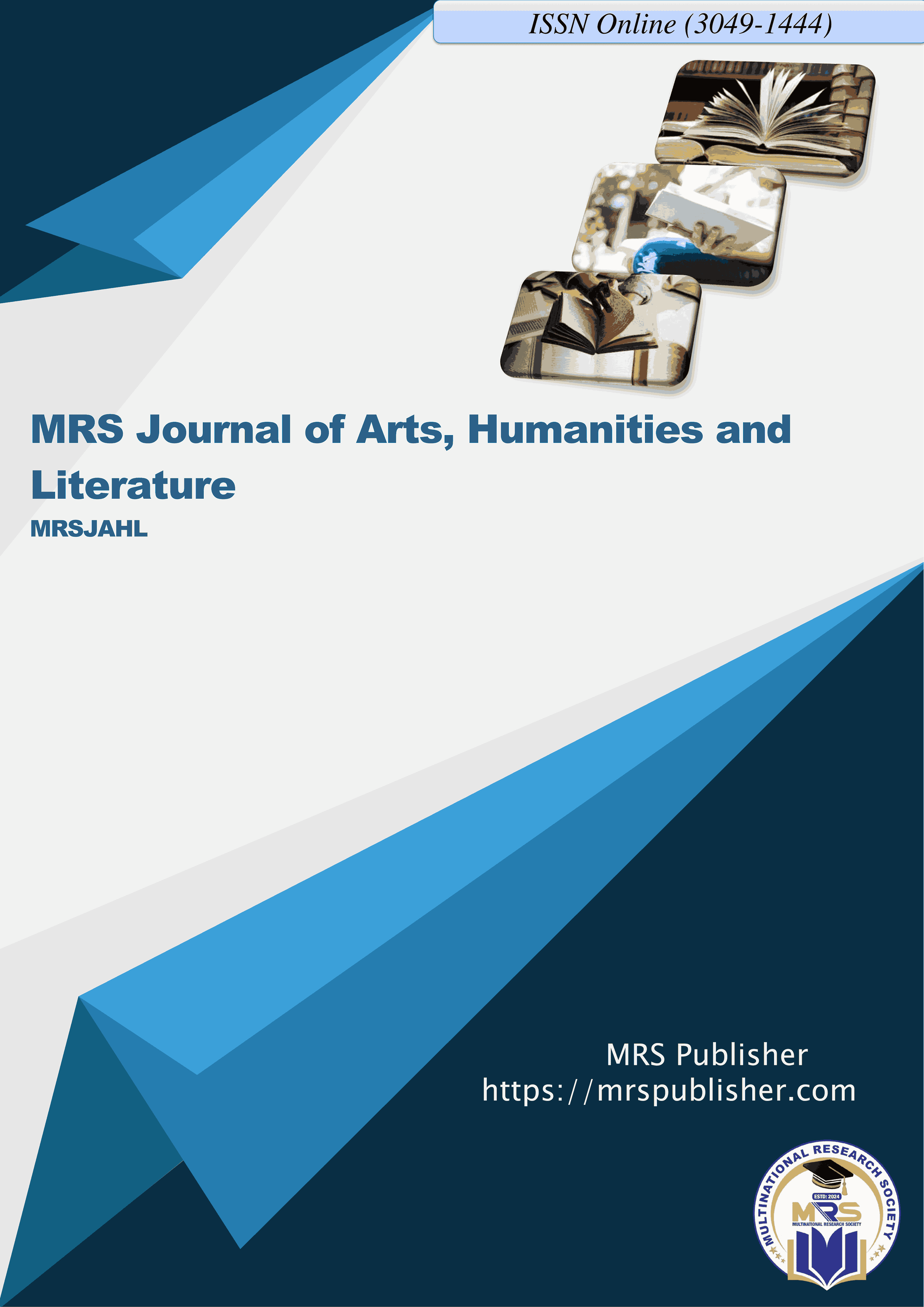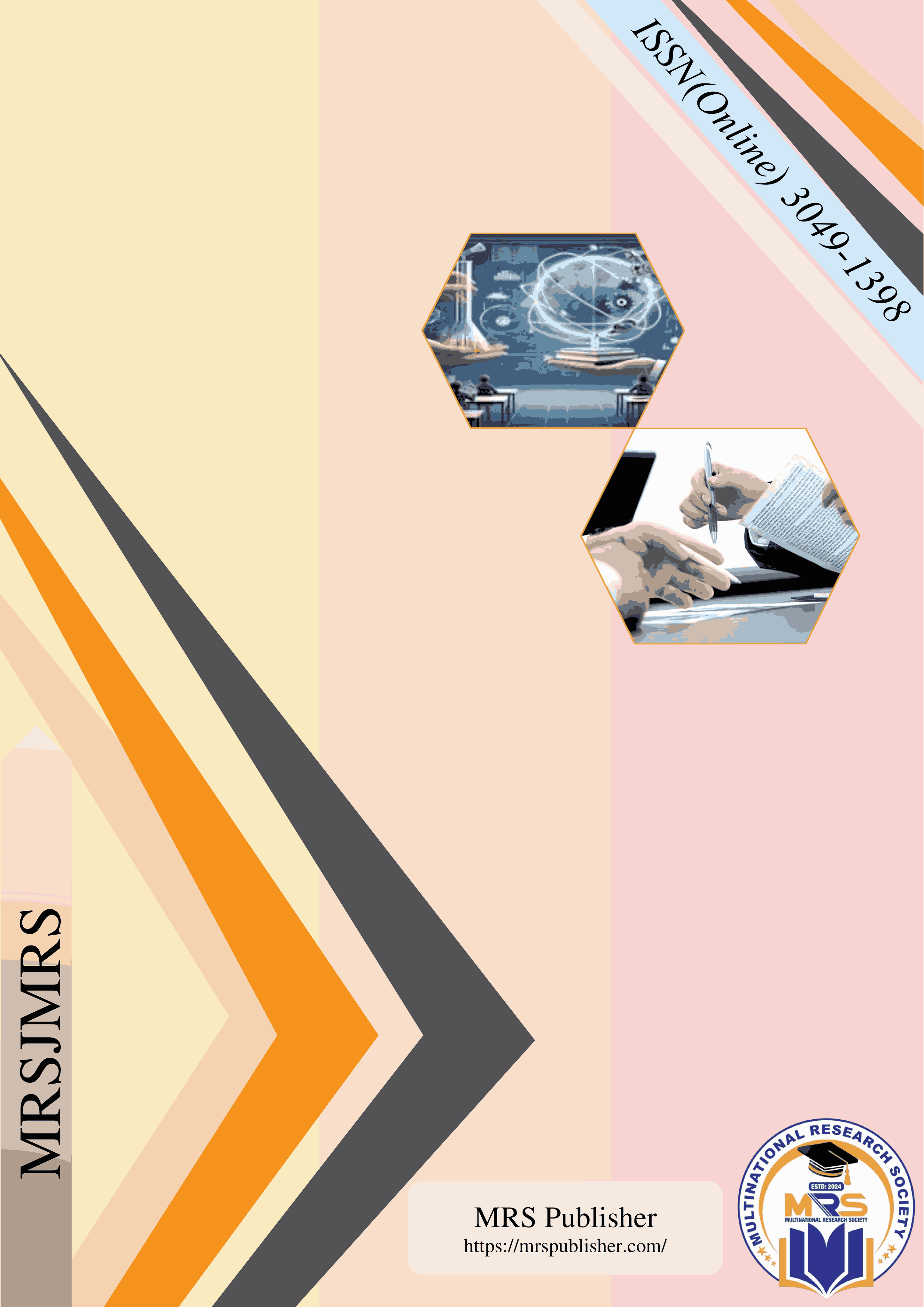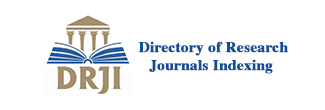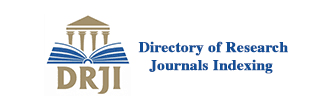Mission and Vision
Our Mission
At MRS Publisher, our mission is to advance the dissemination of high-quality, peer-reviewed research to a global audience, enabling unrestricted access to scholarly content. We strive to facilitate the free exchange of knowledge and foster academic collaboration, empowering researchers, educators, and practitioners across disciplines to contribute to the advancement of science and society. By providing open access to research outputs, we aim to enhance the visibility, impact, and accessibility of scholarly work while supporting a sustainable and equitable knowledge-sharing ecosystem.
Our Vision
Our vision is to become a leading force in the global open-access publishing landscape, promoting transparency, inclusivity, and collaboration within the scientific community. We envision a future where all academic research is freely accessible, enabling innovation, accelerating discovery, and supporting evidence-based decision-making in policy, education, and practice. Through our commitment to open access, MRS Publisher seeks to break down barriers to knowledge and empower a diverse range of voices and perspectives in the pursuit of knowledge and societal progress.
Open Access Policy
MRS Publisher is committed to promoting open access to all scholarly works published under our name. We firmly believe that providing open access to research articles, journals, and other scholarly materials increases the visibility and accessibility of research, maximizes the impact of scientific inquiry, and accelerates the exchange of knowledge across borders and disciplines.
Indexing
Latest Article
Journal Cover




Track Manuscript
Certificates




















